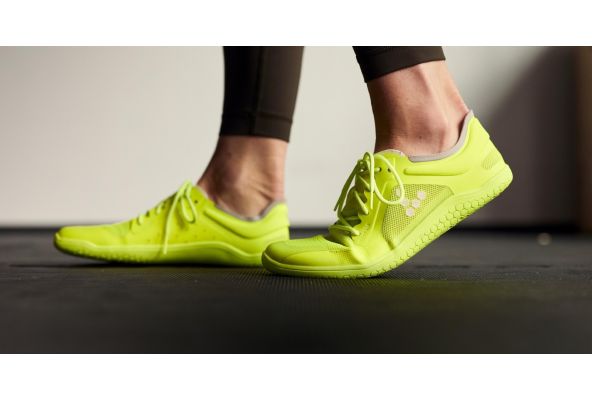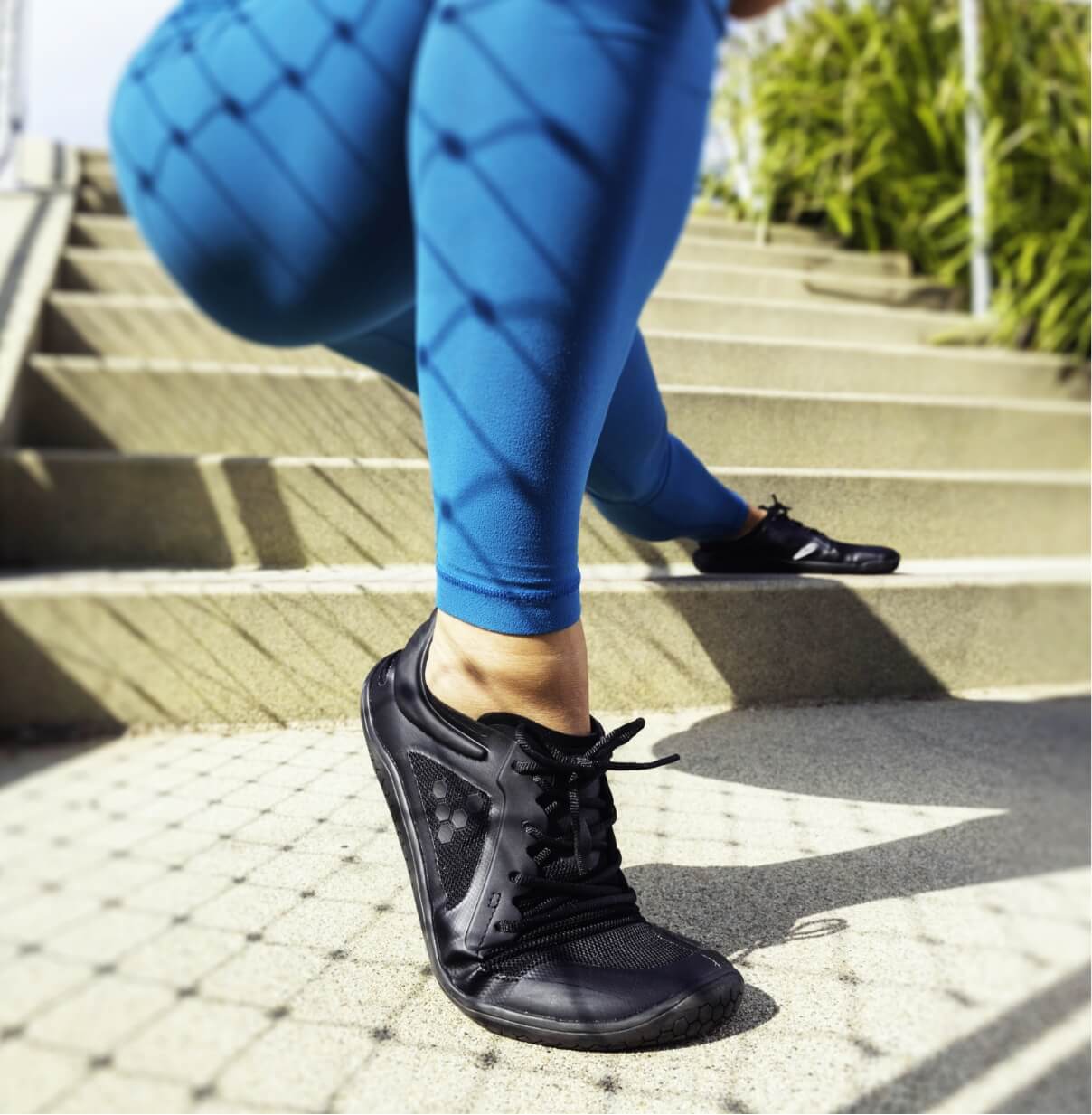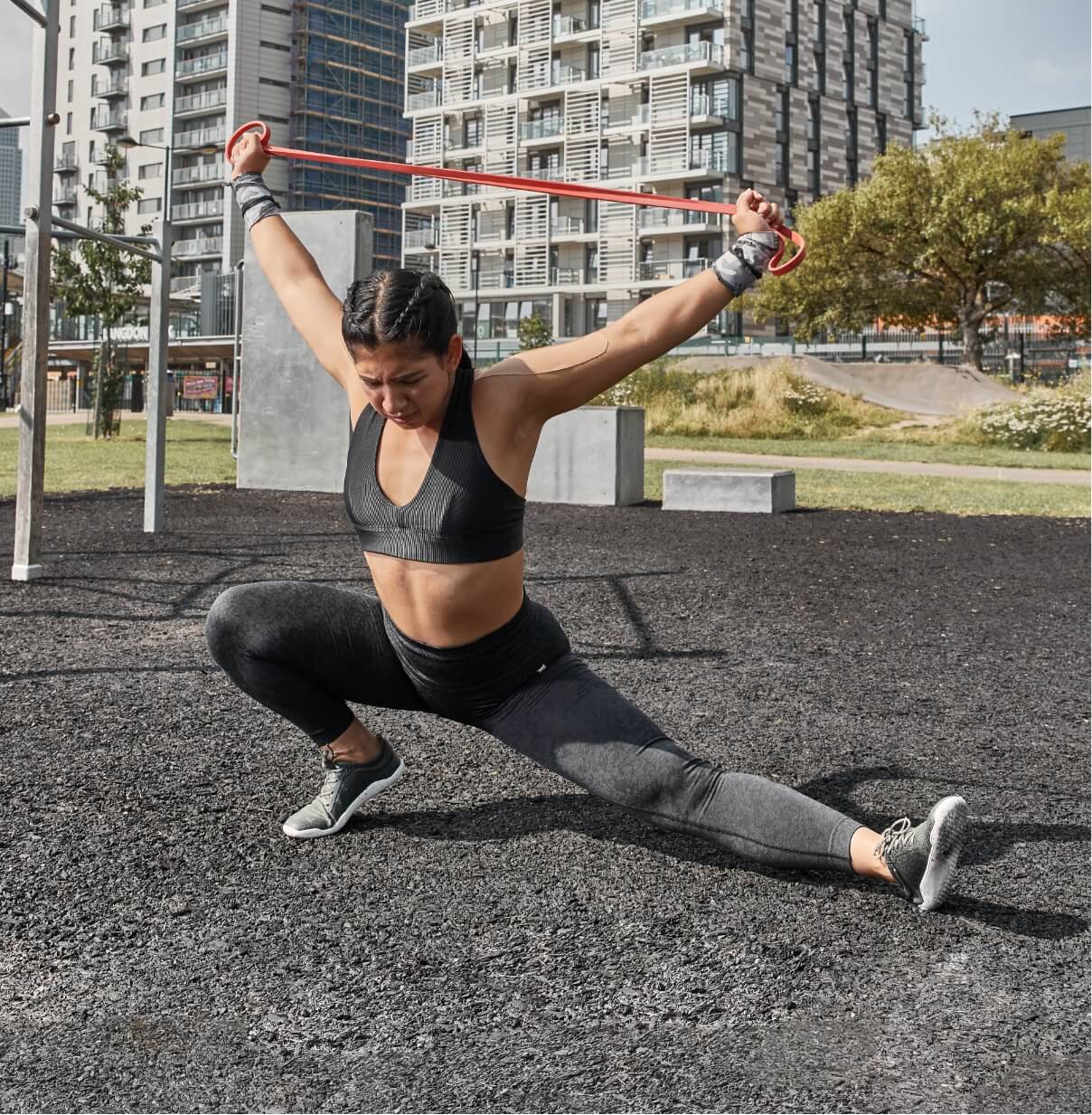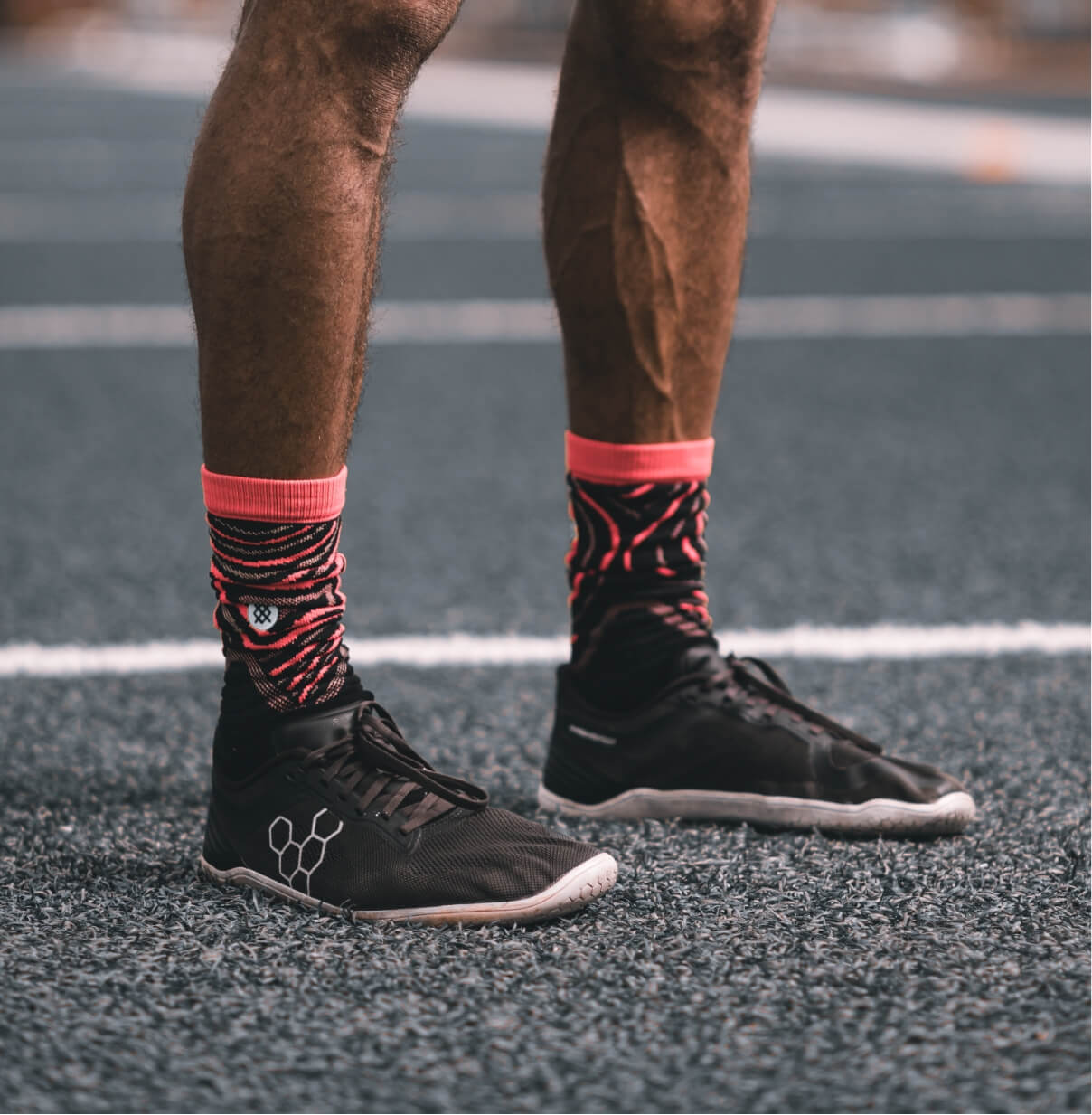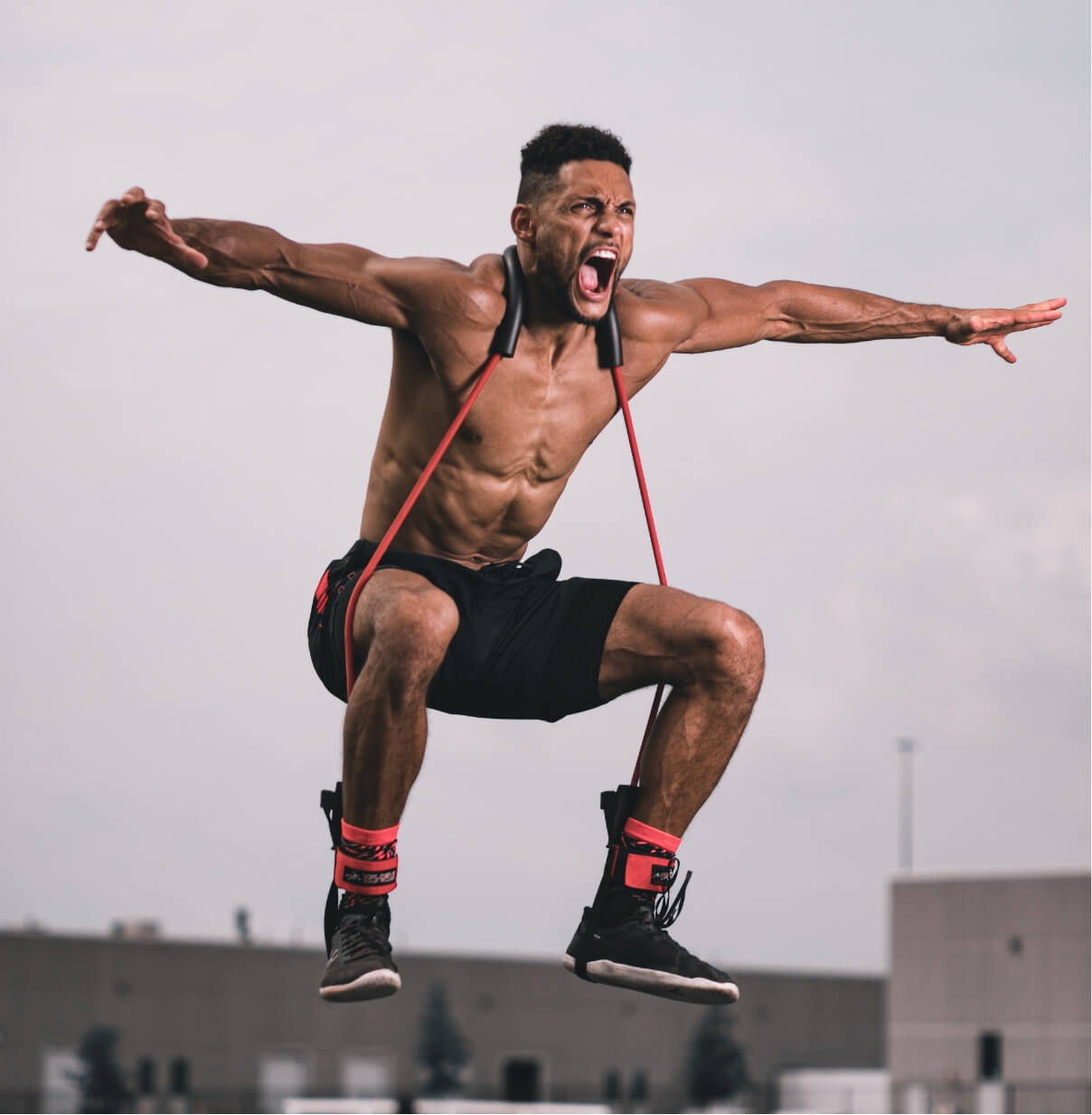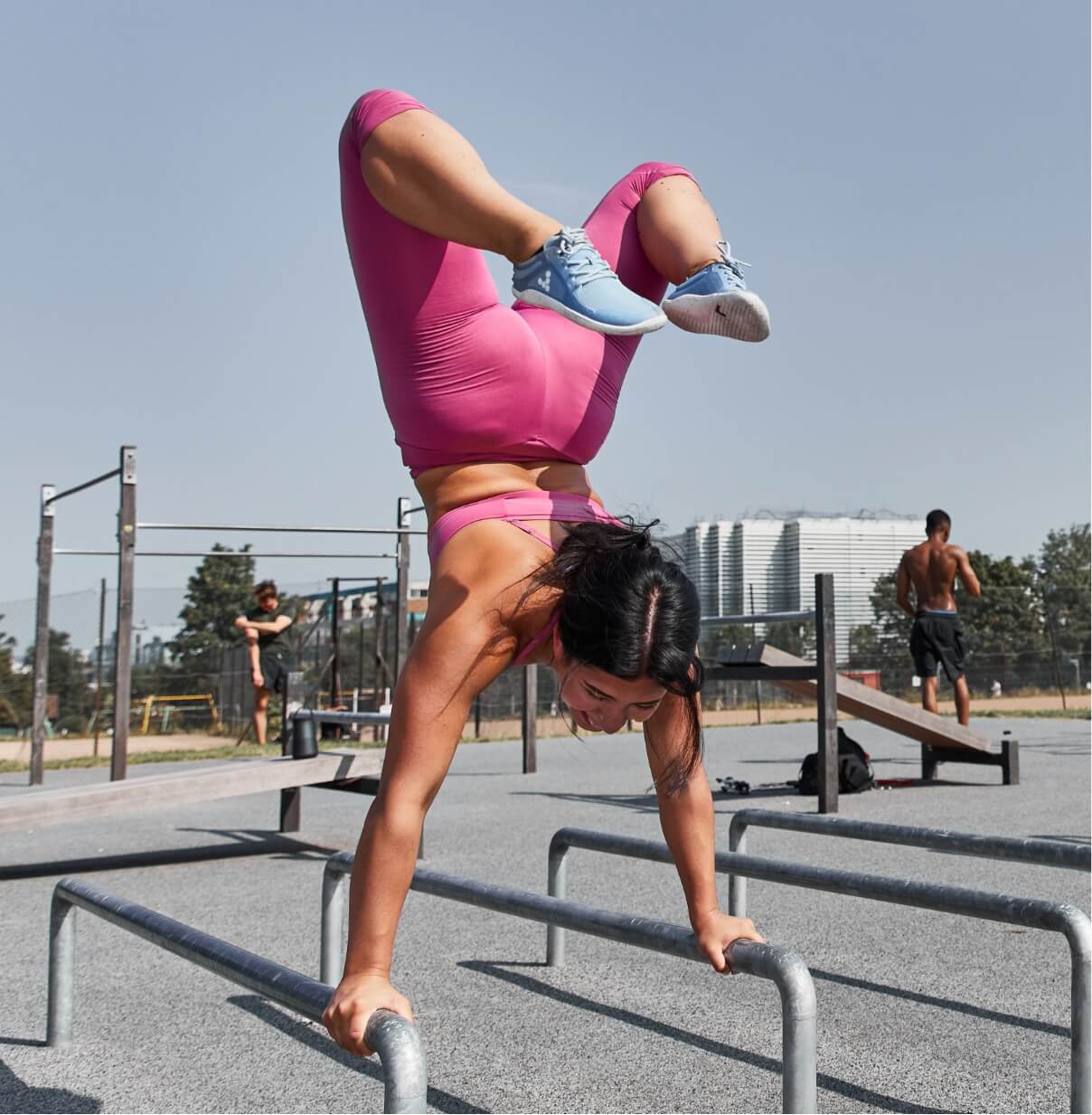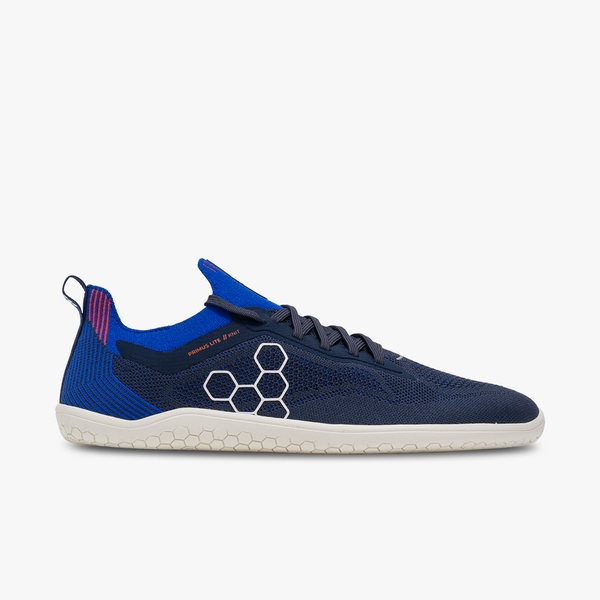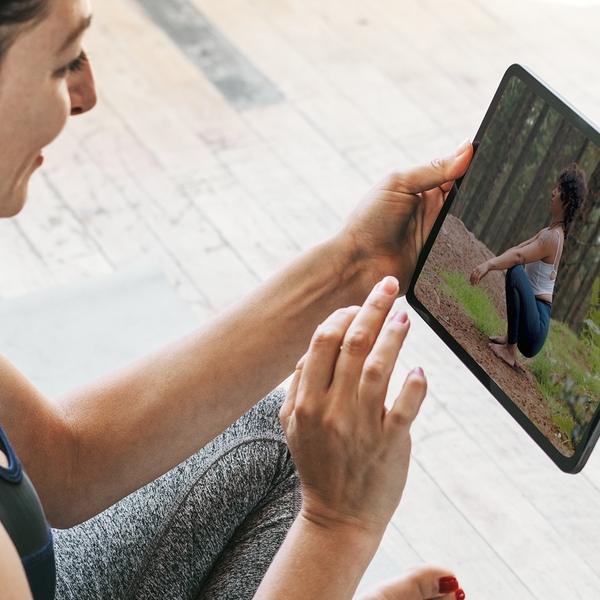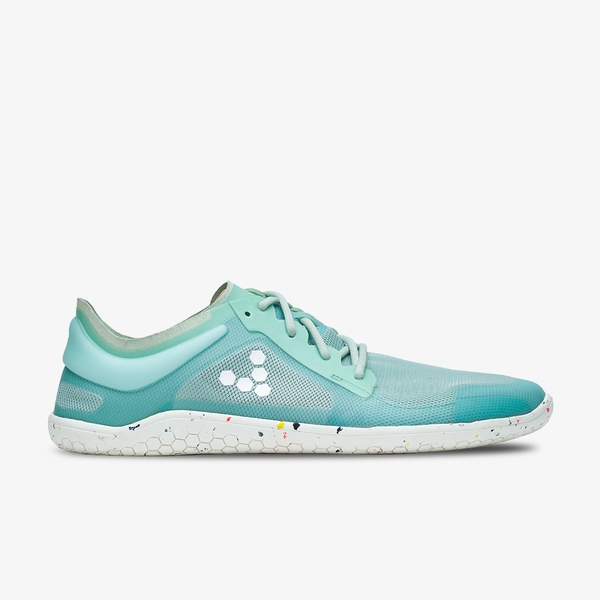Your feet connect you to the ground, providing your base of support during exercise, workouts and sport. Without capable feet - a strong foundation - healthy movement and high performance will be very challenging.
This blog explains why you should train in barefoot footwear. It discusses how your feet move, how barefoot footwear works and how these things combined will help you train better and healthier.
How barefoot footwear works
Most traditional shoes are narrow and padded, immobilising your feet. This prioritises short-term comfort over long-term health, capacity and performance, as this blog will explain.
Barefoot (or ‘minimalist’) footwear, on the other hand, removes padding and unnecessary features to allow your feet to move as naturally and freely as possible, as if they were barefoot. Barefoot footwear still protects your feet - from bad weather when running, pebbles on the court, stubbing your toe in the gym - but with less material. And as we explain below, this not only means stronger, more mobile feet, but healthier joints all the way up your kinetic chain, from your knees to your shoulders.
There are many types of barefoot footwear, but they all have these key characteristics:


No heel-to-toe drop.
Heel-to-toe drop is the difference in elevation, in millimetres, between the forefoot and the heel. A proper barefoot shoe should have zero drop, just like your feet. By comparison, traditional running shoes have an 8-14mm drop. Some supposedly barefoot footwear is actually ‘low-profile’ footwear, with a 4-7mm drop. Less drop than normal shoes, but not truly barefoot.


A lower stack height.
The stack height is the height of the sole - i.e. the amount of shoe between your foot and the ground. Barefoot footwear tends to have a stack height of around 3-8mm, so your feet can feel the ground, whereas most traditional running shoes are in the 9-30mm range.


A wide toe box.
The toe box is, as the name suggests, the space for your toes. Barefoot shoes have wide toe boxes, with more room for your toes to splay and recoil. Traditional shoes, including normal running shoes, are tapered, pushing your toes together and compromising their strength and agility.


Less padding and support.
Traditional shoes have many types of padding and support, including arch support, ankle support and padded soles. Barefoot footwear has none of this, helping your feet build strength by working harder.


Lightweight and flexible.
Because of their minimalist design, truly barefoot shoes will be the lightest and most flexible out there.
How barefoot elevates your workouts
Given the number of principles in play, natural training takes many forms. Some adapt one or two of the principles above, others display most of them. Three popular examples right now are…
It's time to train natural
Your feet are complex movement machines with amazing natural potential. The most incredible technology ever put into a shoe, as we like to say. Barefoot footwear encourages this natural movement, helping you build long-term strength, flexibility, balance, resilience and spatial awareness - not just with every workout and run, but every step and stroll.
To kickstart your journey towards super-powered barefoot training, with an all-round understanding of barefoot movement, check out our Barefoot Fundamentals course.


